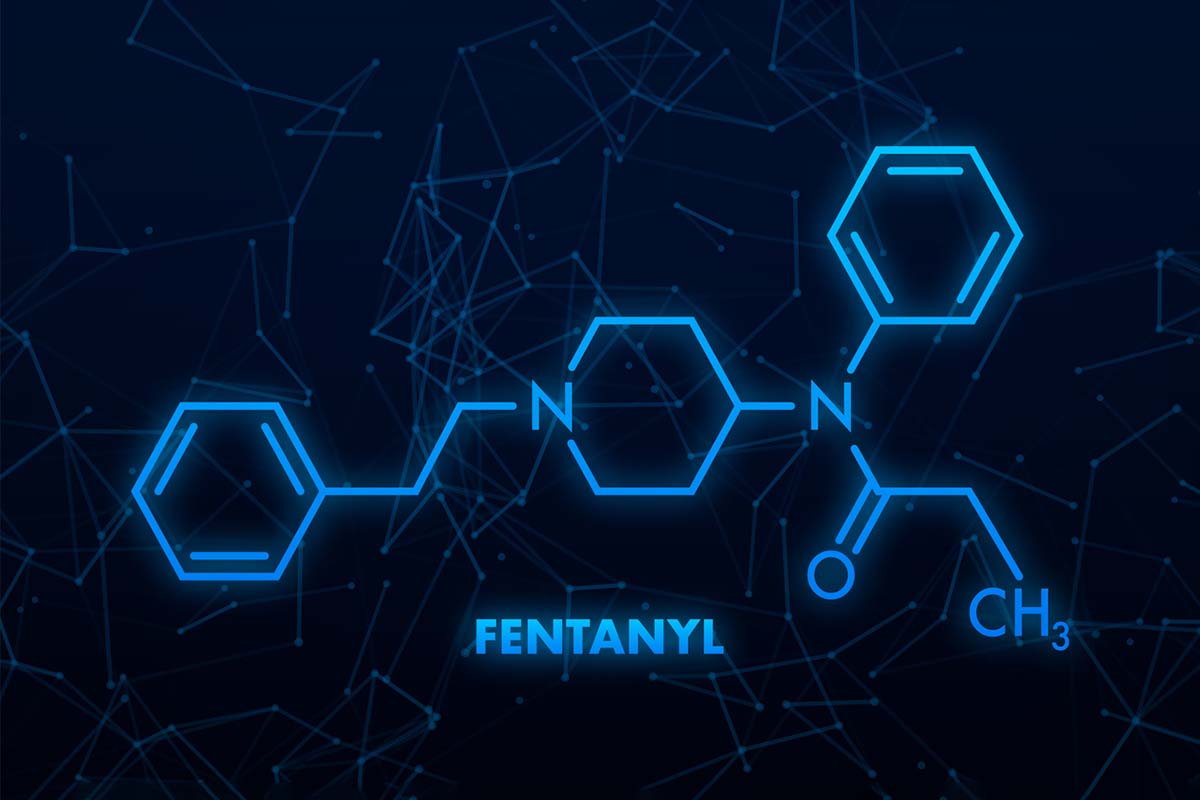Mapping Out the Fentanyl Withdrawal Timeline From Detox to Healing
Are you or a loved one struggling with fentanyl addiction? Wondering how long fentanyl withdrawal lasts?
Fentanyl has unfortunately become a drug of abuse due to its high potency and addictive properties. If you’re seeking answers about the withdrawal timeline, from detox to healing, this article provides you with the information you need.
Understanding the fentanyl withdrawal timeline can help you prepare for what to expect. It also ensures you have the necessary support and treatment in place. So, let’s delve into the journey of fentanyl withdrawal and explore how long it lasts.
What Is Fentanyl Withdrawal?
Fentanyl withdrawal occurs when a person stops using the drug after developing physical and psychological dependence. Fentanyl is an opioid painkiller, like morphine or heroin, but approximately 50 to 100 times more potent. Due to its strength, fentanyl can quickly lead to addiction and severe withdrawal symptoms.
Timeline of Fentanyl Withdrawal
The fentanyl withdrawal timeline can vary from person to person. It depends on various factors such as frequency and dosage of use, health, and any co-occurring disorders. Yet, there is a general timeline that most people will follow during their withdrawal journey.
Days 1-3: Initial Symptoms
Fentanyl withdrawal symptoms start within the first 12 hours of the last dose and peak around day 2 or 3. These initial symptoms can include:
- Anxiety
- Irritability
- Body aches
- Sweating
- Insomnia
Days 4-7: Peak Symptoms
Days 4 to 7 are usually the most challenging for individuals going through fentanyl withdrawal. It is when physical symptoms intensify. It may also be accompanied by psychological symptoms such as:
- depression
- cravings
- difficulty concentrating
Days 8-14: Symptoms Subside
Around days 8 to 14, most of the physical symptoms should start to subside. Yet, some people may still experience lingering effects such as fatigue or anxiety. It is also a critical time for relapse prevention as individuals may start feeling better and think they no longer need help.
2-3 Weeks: Healing Begins
After the first two to three weeks, individuals will continue to experience healing both physically and psychologically. They may still have mild symptoms such as mood swings or fatigue, but these should improve over time.
Seeking Professional Help for Fentanyl Withdrawal
Going through fentanyl withdrawals can be a challenging and uncomfortable journey. But it is a necessary step towards recovery. Seeking professional help is crucial in managing the symptoms and preventing relapse.
Detox programs can provide medical supervision and support to ease the discomfort of withdrawal symptoms. They also offer resources for ongoing treatment to address underlying issues that may have contributed to fentanyl addiction. Therapy, counseling, and support groups can also aid in the healing process and help individuals develop healthy coping mechanisms.
Learn About the Fentanyl Withdrawal Timeline
Understanding the fentanyl withdrawal timeline is vital when preparing to heal from dependency. With careful management and professional guidance, withdrawing from fentanyl becomes a journey toward long-term recovery.
It’s paramount not to rush this delicate process, as each phase requires appropriate support and care. Reclaiming your health and well-being is possible with perseverance and dedicated treatment. Remember, you’re not alone on this path to recovery; help is available every step of the way.
Did you find this article helpful? If so, check out the rest of our site for more informative content.

Greetings! I’m thrilled to introduce myself as a dedicated blogger with a fervent passion for crafting meticulously researched and insightful blogs. My mission is to provide you, the readers, with a treasure trove of valuable information. Join me in this exciting adventure of discovery – Thanks







